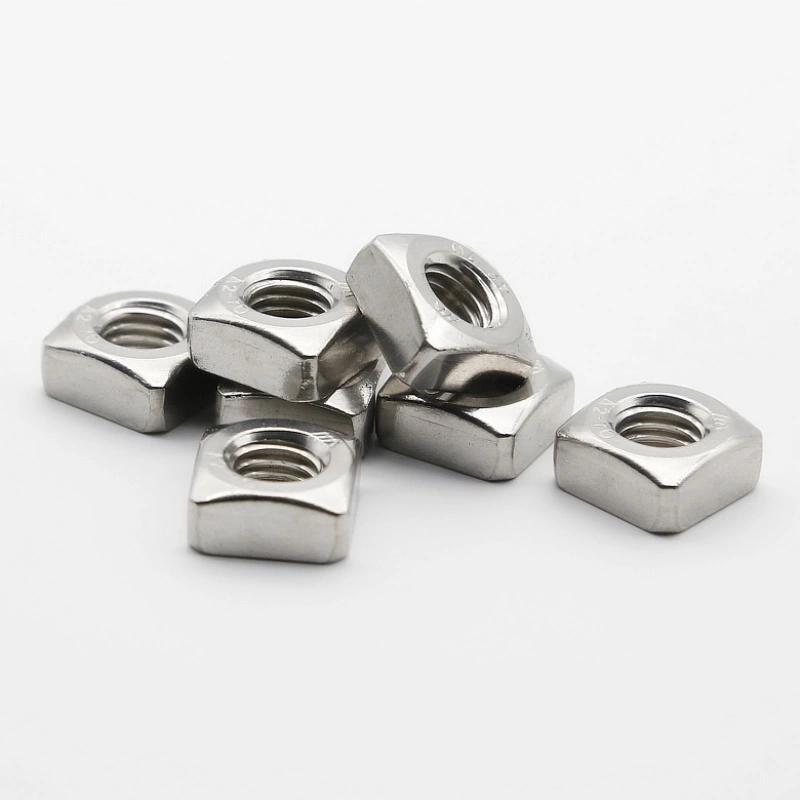

left hand flange nut
ное. . 02, 2024 17:32 Back to list
left hand flange nut
Understanding the Left Hand Flange Nut A Comprehensive Overview
In the world of mechanical engineering and construction, fasteners play a crucial role in ensuring that various components are securely joined. Among these fasteners, the left hand flange nut is a specialized component that serves specific functions in specific applications. This article delves into what a left hand flange nut is, its design, applications, and advantages, ultimately highlighting its importance in various industries.
What is a Left Hand Flange Nut?
A left hand flange nut is a type of nut that is designed with a flange at one end, which provides a larger bearing surface and assists in distributing the load over a wider area. Unlike standard nuts, which are threaded to tighten in a clockwise direction, left hand flange nuts are specifically designed to tighten counterclockwise. This unique feature makes them ideal for applications where rotating parts might otherwise cause conventional right-hand threaded nuts to loosen over time.
Design Features
The design of a left hand flange nut includes several important features
. The flange itself is integral to its structural integrity, as it helps to prevent the nut from loosening and protects the mating surface from being damaged. Typically made from materials such as steel, stainless steel, or other alloys, these nuts can withstand various environmental conditions, including corrosion and high temperatures. The left-hand thread is a critical aspect, as it directly influences how the nut interacts with the rest of the assembly.Applications
left hand flange nut

Left hand flange nuts are commonly used in several applications, particularly in machinery and automotive sectors. For example, they are ideal in situations where vibration or rotational movement can lead to loosening of threaded connections. Common applications include
1. Automotive Used in vehicles where left handed threaded components are present. 2. Heavy Machinery Employed in equipment that experiences significant vibration. 3. Bicycle Assembly Utilized in left-side crank arms to prevent loosening. 4. Railway Applied in certain rail coupling mechanisms that require secure fastening.
Advantages
The primary advantage of left hand flange nuts is their ability to resist loosening, particularly in reverse-thread applications. By utilizing a left-hand thread, these nuts remain securely fastened even when subjected to forces that would typically cause standard nuts to loosen. Additionally, the wide flange reduces the risk of damage to the surface it is fastening, which can be particularly important in sensitive equipment.
Furthermore, left hand flange nuts simplify maintenance and assembly processes in specific setups, as they eliminate the confusion that might arise when dealing with both left-hand and right-hand threaded components.
Conclusion
In summary, left hand flange nuts are essential fasteners that provide a reliable solution in various engineering applications. Their unique design offers significant benefits, especially in environments prone to vibration and movement. Understanding when and how to use these specialized nuts can enhance the durability and safety of assemblies, making them an important part of various industrial operations. Whether in automotive engineering, heavy machinery, or beyond, the left hand flange nut is a small but integral component that ensures the efficacy of larger systems.
Latest news
-
Premium Self Tapping Metal Screws: Strong & Easy Install
NewsAug.02,2025
-
Premium Fasteners Manufacturer | AI-Driven Solutions
NewsAug.01,2025
-
Hot Dip Galvanized Bolts - Hebei Longze | High Strength, Corrosion Resistance
NewsAug.01,2025
-
High-Strength Hot Dip Galvanized Bolts - LongZe | Corrosion Resistance, Custom Sizes
NewsAug.01,2025
-
Best Self Tapping Screws for Drywall - Fast & Secure Installation
NewsJul.31,2025
-
High-Strength Hot Dip Galvanized Bolts-Hebei Longze|Corrosion Resistance&Customization
NewsJul.31,2025

